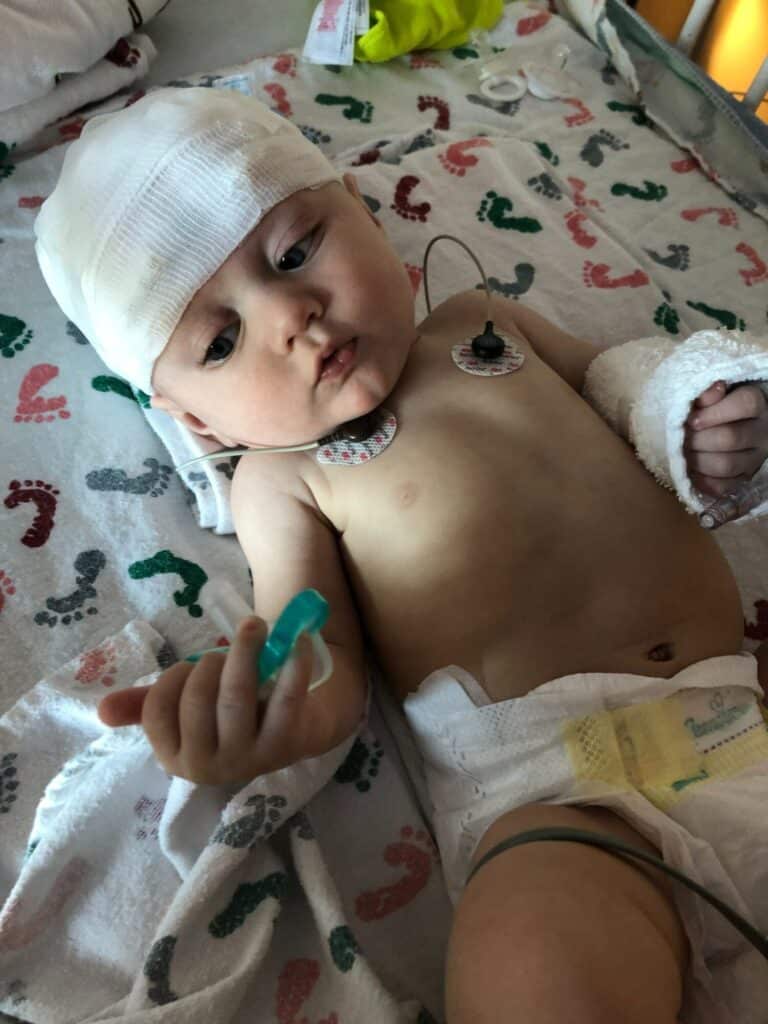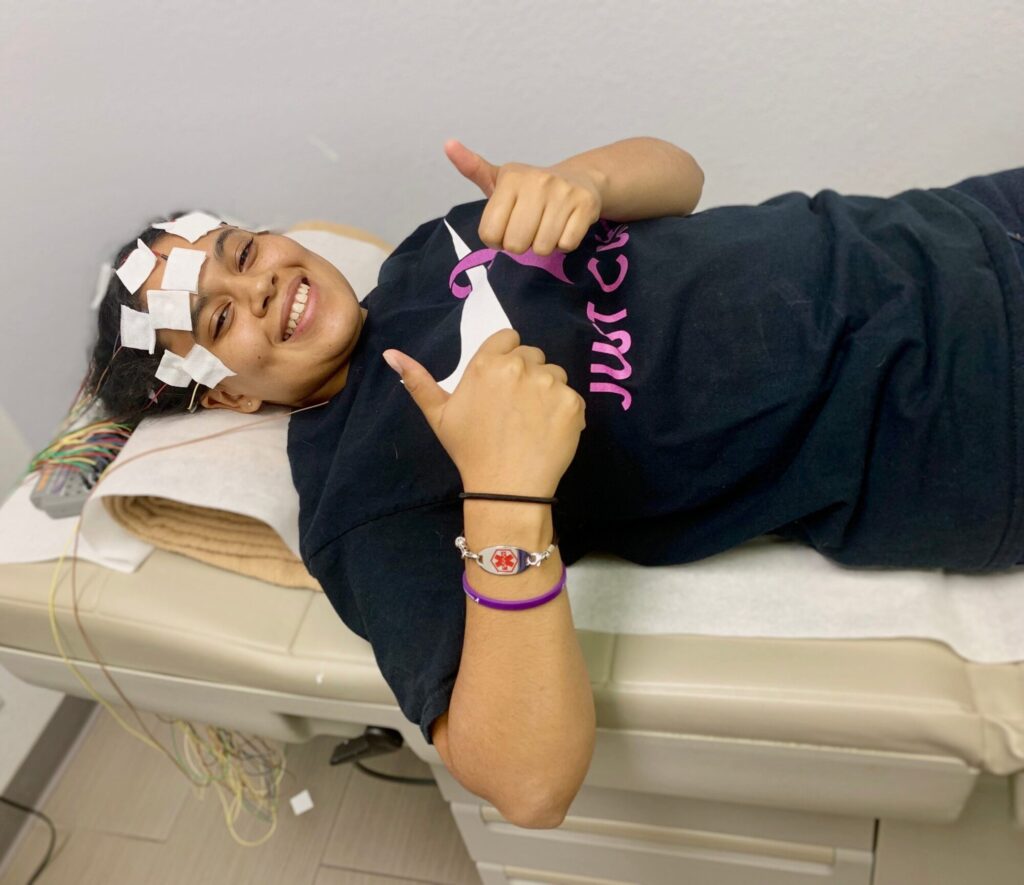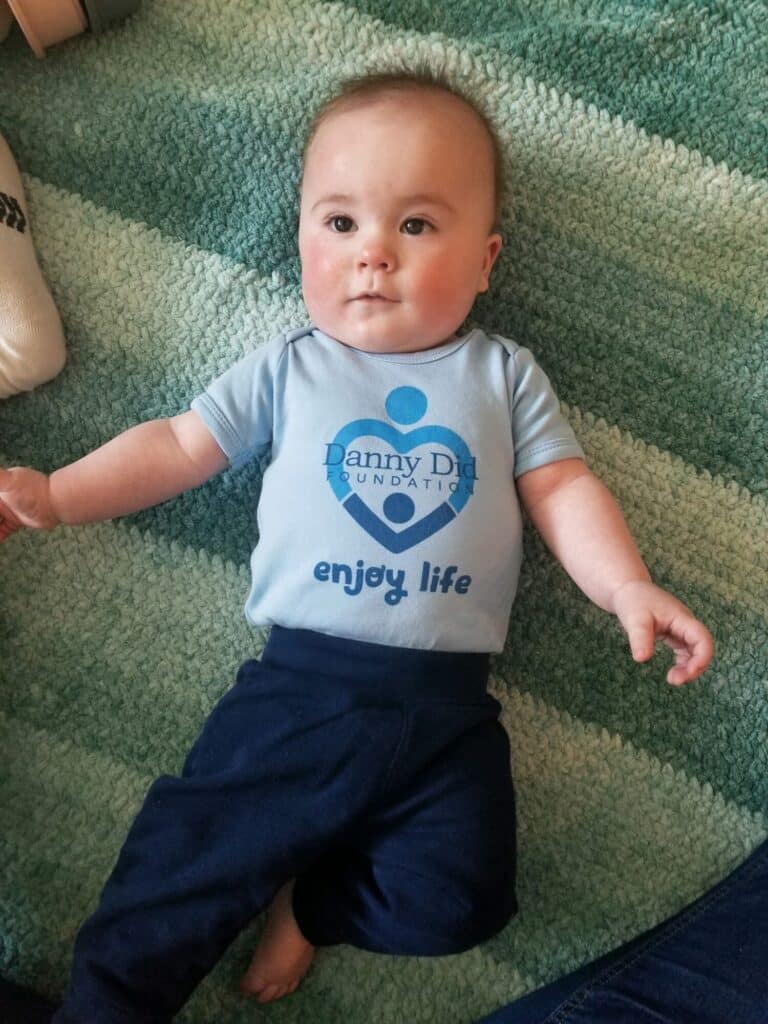Pacientes y cuidadores

Fara obtener la información más reciente relacionada con la epilepsia, su tratamiento y las cuestiones de moralidad relacionadas, la Fundación Danny Did se compromete con médicos e investigadores, colabora con organizaciones de epilepsia y se reúne con empresas de tecnología médica. A continuación encontrará recursos para pacientes y cuidadores afectados por la epilepsia.
Encontrar un especialista:
Aproximadamente un tercio de las personas que padecen epilepsia no consiguen controlar sus crisis con medicación u otras terapias. Especialmente para esos pacientes, es importante buscar tratamiento de un especialista en epilepsia, llamado epileptólogo. Puede buscar un especialista y localizar el centro de epilepsia más cercano a su domicilio en
Encontrar un dispositivo de alerta:
¿Está pensando en un dispositivo de alerta? Haga clic a continuación para informarse sobre la tecnología para la epilepsia, los productos y factores a tener en cuenta, y nuestro programa de subvenciones para dispositivos.
Folletos informativos

Cómo afrontar un ataque: Pasos a seguir
Un sencillo esquema sobre cómo responder a una crisis epiléptica, útil para familiares, alumnos y colegas. Utilice este archivo PDF para publicarlo y compartirlo en una empresa o un aula.

Material educativo para pacientes sobre la SUDEP
Danny Did co-creó estos materiales con la Fundación de Neurología Infantil y la Fundación de Epilepsia que ayudan a acceder al nivel de riesgo de SUDEP. Le animamos a que hable con su neurólogo para determinar si la hoja informativa sobre la SUDEP de bajo o alto riesgo es la más adecuada para su ser querido. Estos materiales están disponibles tanto en inglés como en español.
*Para solicitar copias impresas de cualquiera de estos folletos para un evento, empresa, hospital, consultorio médico, colegio o familia y amigos, envíe un correo electrónico a [email protected].
Tipos de epilepsia:
En todo el mundo, la epilepsia afecta a 65 millones de personas en un espectro de casi 30 síndromes, a veces denominados "las epilepsias".
Síndromes epilépticos:
Hay muchos síndromes específicos que se engloban dentro de la epilepsia. Puede consultar una lista de estos síndromes aquí.
Espasmos infantiles:
Los espasmos infantiles (EI) son un trastorno convulsivo poco frecuente que se da en niños pequeños, normalmente menores de un año. La edad media de aparición es alrededor de los cuatro meses, pero algunos niños pueden experimentar espasmos ya al mes. El IS suele tener un aspecto muy sutil, por lo que a los padres les resulta difícil reconocer que se trata de un problema grave. Es muy importante recibir tratamiento lo antes posible. Vea este vídeo de 2 minutos para ver y aprender sobre el SI. Para más información, visite la Fundación de Neurología Infantil.
Tratamiento de la epilepsia:
Medicamentos para la epilepsia:
Los medicamentos anticonvulsivos, también conocidos como fármacos antiepilépticos (FAE), son un tratamiento habitual de la epilepsia. Consulte esta lista de medicamentos anticonvulsivos.
Preguntas para hacer en la consulta del médico:
- Tanto si es la primera vez que acude a una consulta como si ya ha acudido a varias, es conveniente prepararse de antemano para aprovechar al máximo la visita.
- ¿Cuál es el diagnóstico exacto?
- ¿Cuál es probablemente la causa de las convulsiones?
- ¿Cuáles son las opciones de tratamiento y cuáles son algunos enfoques alternativos?
- ¿Qué efectos secundarios cabe esperar del tratamiento y cómo controlarlos?
- ¿Qué tipo de pruebas necesitamos? ¿Ayudarían unas pruebas más frecuentes?
- ¿Deberíamos ver a un epileptólogo?
- Pregunte sobre las convulsiones que se producen durante el sueño.
- ¿Qué tipos de dispositivos existen que puedan alertar a un cuidador cuando se produce una actividad convulsiva?
- Pregunte por las pruebas de resonancia magnética, tanto con contraste como sin él.
- Pida al médico que le hable de los riesgos que presenta la epilepsia, incluida la SUDEP.
- ¿Qué debe motivar una llamada entre visitas programadas?
- De la Universidad de Duke (en colaboración con Danny Did): Una lista de preguntas para usar con su médico sobre la SUDEP
Los estudios han demostrado que la dieta puede mejorar el control de las crisis en las personas que padecen epilepsia. La característica común de estas dietas es que eliminan el azúcar y todos los dulces. Visite esta página web de la Fundación para la Epilepsia para informarse sobre cómo ajustar la nutrición para influir en el control de las crisis.
Nutrición y dieta:
La dieta cetogénica es una dieta rica en grasas, sin azúcares y baja en carbohidratos que se utiliza para tratar la epilepsia en pacientes que no responden a la medicación. Se diseñó para imitar el estado metabólico del ayuno, en el que el cuerpo quema grasa corporal como combustible en ausencia de su fuente de energía preferida, los hidratos de carbono. Al igual que los dispositivos, esta dieta es otra área de tratamiento sobre la que debe preguntar a su médico. My Keto Planner es un recurso en línea gratuito en el que pacientes y padres pueden encontrar nuevas recetas y comidas para la dieta cetogénica, y obtener inspiración de otros padres que siguen esta dieta.
Para obtener información general sobre las terapias cetogénicas, visite el sitio web de The Charlie Foundation. Para ver un vídeo que ofrece una visión general de la dieta del Dr. Jeff Buchhalter, haga clic aquí.



